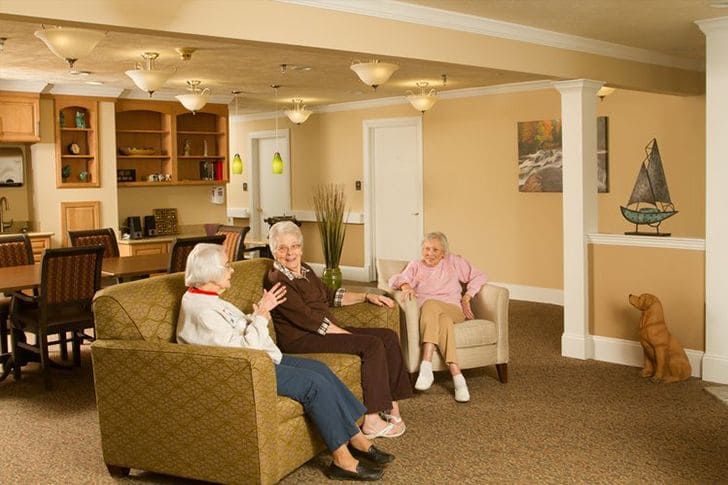Can Aging in Place Also Enjoy the Benefits from Government and Society?
The idea of aging in place, staying in your own home as you grow older, has become quite popular among older adults. Here are different ways that governments and society are finding ways to support aging in place.

1. Healthcare Access and Support
Access to health care for seniors aging in place is one of their main concerns. All of this is because governments are putting in place policies to ensure seniors get the medical care they need but do not leave home. In the United States, services such as skilled nursing, physical therapy and personal care assistance can be covered by programs like Medicare and Medicaid when these services are delivered to a person in their own home. Also, governments do provide subsidy for home makeover like transport, grab bars, ramps, emergency response system to make the home safer and more accessible.
2. Financial Assistance
For those on a fixed or limited income, aging in place may also be difficult financially. Governments may provide financial help to seniors with expenses. One such assistance is Supplemental Security Income (SSI), which provides monthly payments to low-income elderly people in the United States, and there are property tax exemptions and reductions in many jurisdictions to reduce homeownership costs. Various governments have also offered conversion wherein home modifications and in-home care services can be availed using grants and at zero to low-interest loans.
3. Community-Based Services
We have seen more governments, worldwide pour funds into community-based services that allow people to age in their own homes. These programs are meal delivery services, transportation services and social services that keep the senior connected to their communities. As an example, many nations including the US use part of the annual budget to fund the Older Americans Act that supports programs such as Meals on Wheels that delivers fresh meals to elderly residents at their homes or the National Family Caregiver Support Program that provides respite care and supportive services to family caregivers of elderly population.
4. Non-Profit Organizations
As application for our aging in place are made available, non-profit organizations become vital. These organizations provide various services such as home health care, transportation services, and social activities. Examples include the AARP (American Association of Retired Persons), which provides advocacy, resources and support for seniors, and local community centers, which often offer programs and activities geared toward seniors. Thirdly, non-profits play an important role in raising awareness on seniors and lobbies to change policies that allows for aging in place.
5. Technology and Innovation
New technology is making it easier for seniors to stay in their homes. Smart home products, from voice-activated assistants to fall detection systems and medication reminders, can improve safety and independence. Telehealth services help seniors consult healthcare providers from their homes instead of frequent visits to medical facilities. Moreover, seniors can maintain contact with friends and family through online mutual support groups or social media platforms, which can help decrease feelings of isolation.
In conclusion, aging in place is a reasonable and preferable choice for several seniors, providing the benefits of familiarity, independence, and community. But, this lifestyle can present some big problems. However, it is fortunate that governments and society are catching on to the necessity of supporting aging in place, and are working to create initiatives and programs to allow seniors to enjoy this lifestyle.


















